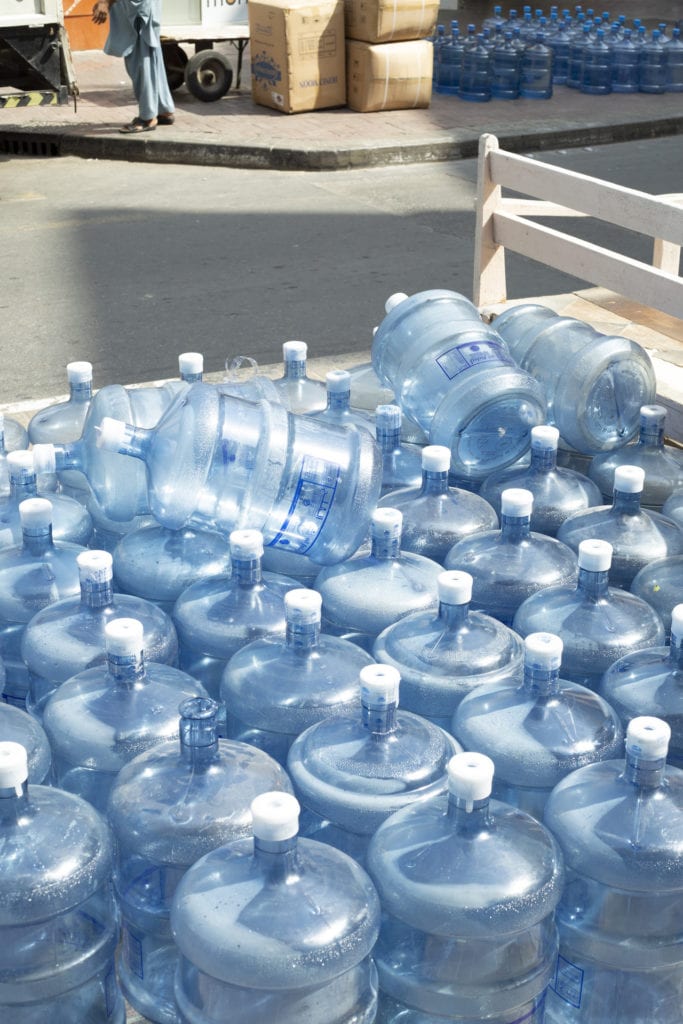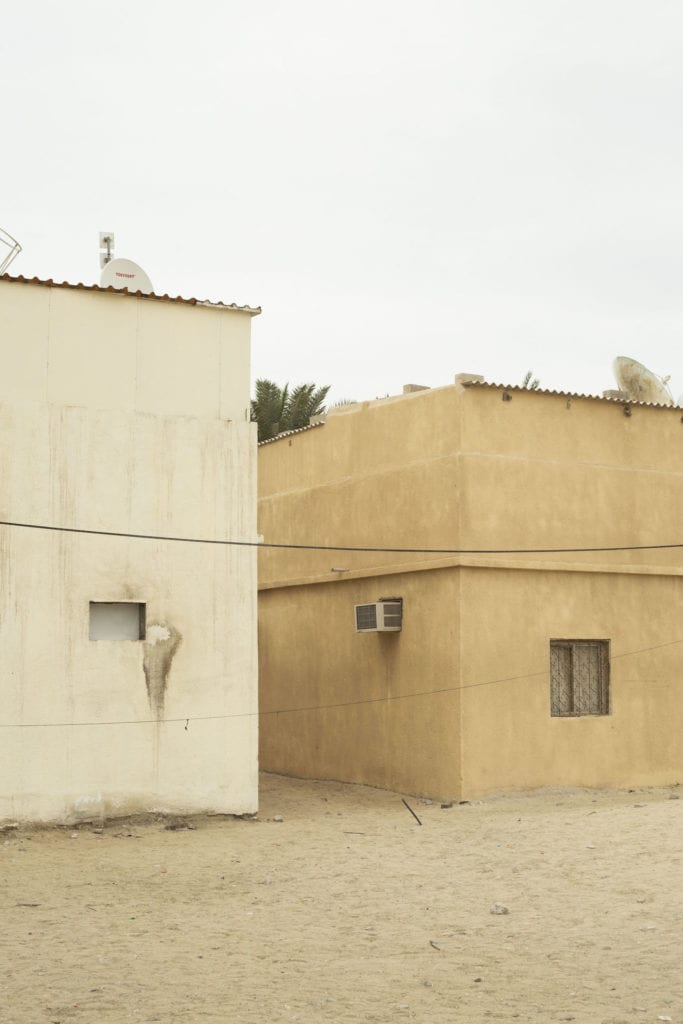For some people, home is defined by the place they were born, in the proximity of their friends and family, while for others, it is an adopted place – one where they have built an affinity with the land and its cultural identity. Some may consider home as a more concrete fact that relates to their ethnicity or cultural background, and in the eyes of governing bodies, home may be defined as the place listed as your current place of residence in your official documents. But for an Egyptian taxi driver, who curator David Drake encountered during one of his visits to Kuwait, home is the smell of orange blossom, which grows every summer in the village where he grew up.
“I thought if this taxi driver can speak so poetically about home, then surely photographers will have something to say as well,” says Drake. Featuring work by 15 artists, The Place I Call Home was commissioned by the British Council as part of their initiative to explore the connection between people in the UK and the Arab Gulf region. Drake spent two years travelling back and forth between the UK, where he works as director of Ffotogallery in Cardiff, Wales, and countries in the Gulf Cooperation Council (GCC), which consist of the several Arab states of the Persian Gulf: Bahrain, Kuwait, Oman, Qatar, Saudi Arabia, and the United Arab Emirates.
The result is a group show of new and ongoing work, and after travelling through 10 venues in seven countries across the UK and the GCC, the exhibition has now reached the final leg of its tour, at Copeland Gallery in Peckham, London.
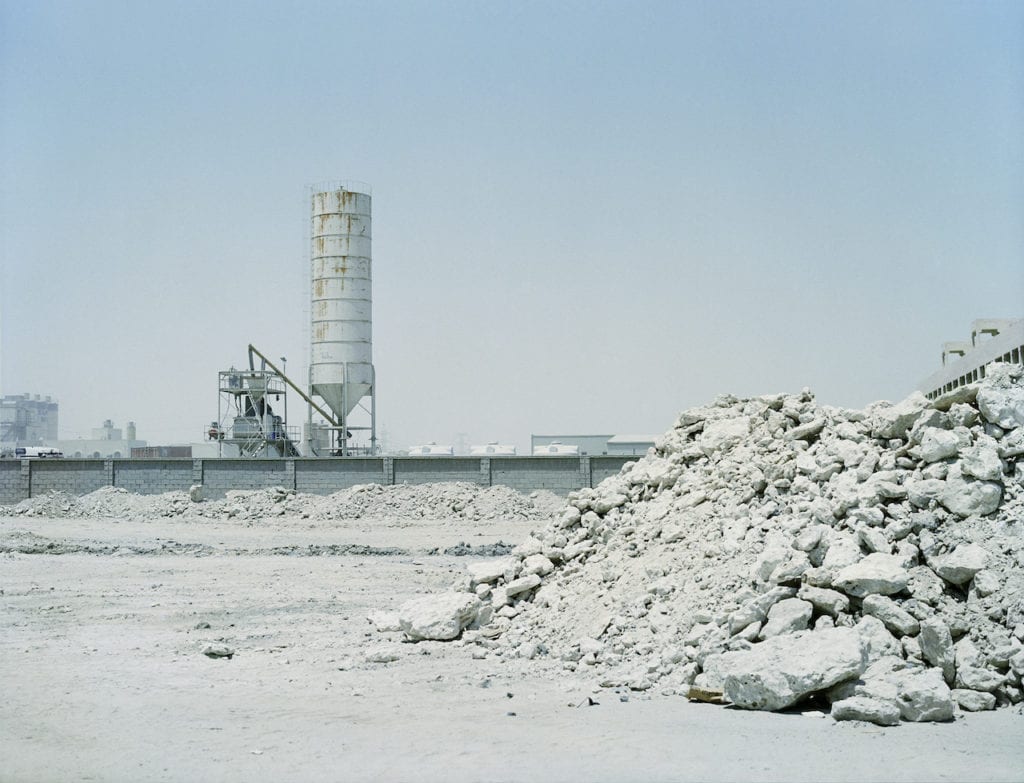
The show features a wide range of projects from both emerging and established photographers who explore the theme of home — a universal concept that most people will relate to, but which is experienced in diverse ways. Drake explains that the exhibition has three themes. The first is placemaking: how the environment and urban planning can define a region. This is apparent in work by Qatari artist Sara Al Obaidly, whose ongoing landscape project is an investigation into Qatar’s rapid urbanisation. Similarly, Ben Soedira, a Glasgow-based, Dubai-raised photographer, explores how his home-city has developed into a place entirely different from what he remembers from his childhood.
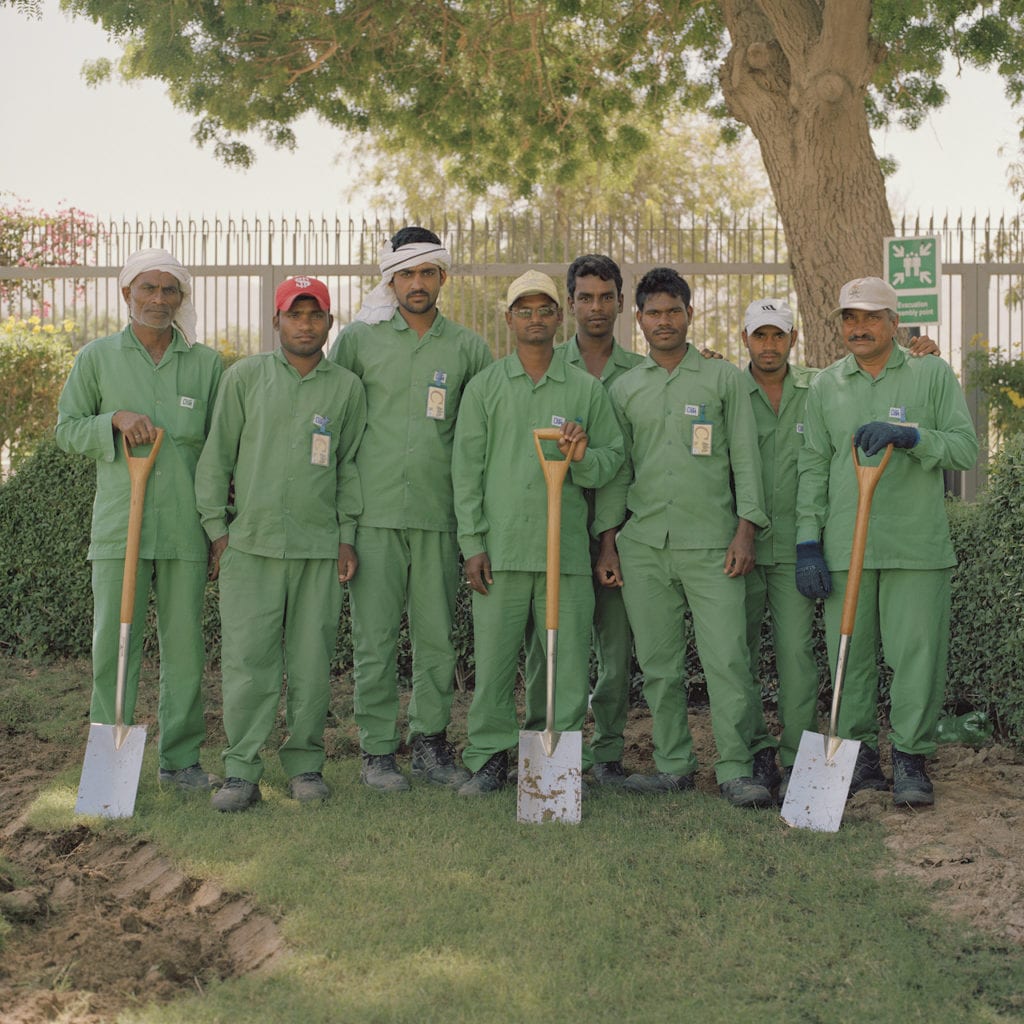
The second theme is interculturalism: how promoting interaction between cultures can challenge isolation and self-segregation within cultures. Many GCC countries have a multicultural population — the UAE, for example, is home to over 200 nationalities; Emiratis only constitute roughly 10 per cent of the total population. “I was interested in how this convergence of different cultures feeds into the notion of home,” says Drake, referring to projects like Josh Adam Jones’ documentation of expatriate communities in Oman, and Gillian Roberton’s exploration of intercultural relationships formed between British and Arab communities in her temporary home city, Ras al Khaimah, UAE.
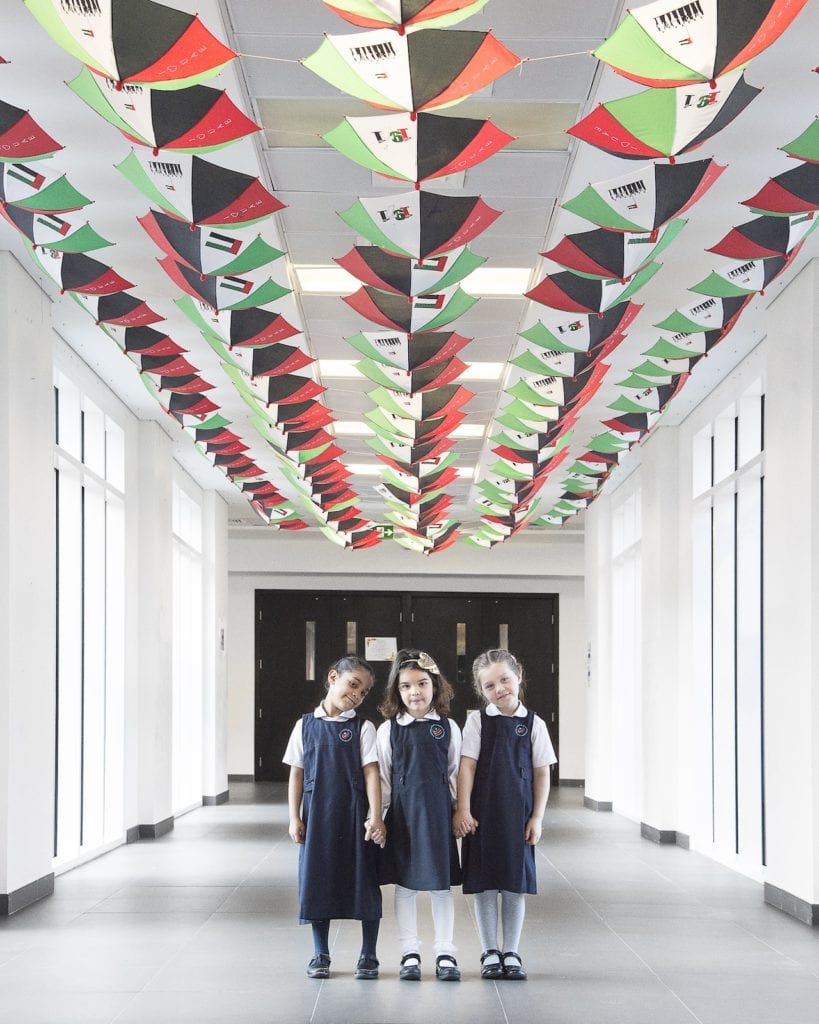
“The third theme is the question of citizenship, which is to do with your sense of social responsibility, or what it says on your passport, or whether you’ve got a work permit,” says Drake. Many of the projects featured in the exhibition challenge this notion, and explore “the choices and tensions between where you live and where your heart is”. This idea of a “home away from home” is also explored by Hussain Almosawi and Mariam Alarab, who documented a community of Bahraini immigrants who consider England to be their new homeland.
In a more conceptual project, Peckham-born, Qatar-based photographer Abi Green, for example, explores the balance between the primal urge to explore the unknown, and the instinctive need to return home. In a similar trajectory, Qatari artist Mashael Al Hejazi’s cyanotype prints explore her belief that the spirit of home is in fact reflected in the materiality of the walls, ceilings, and buildings.
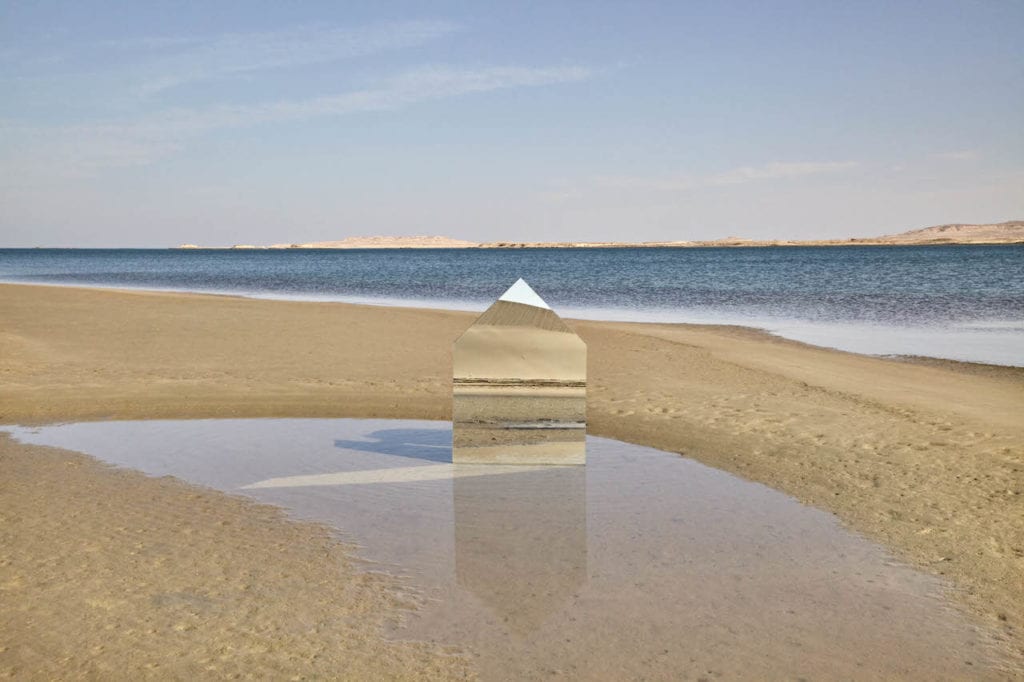
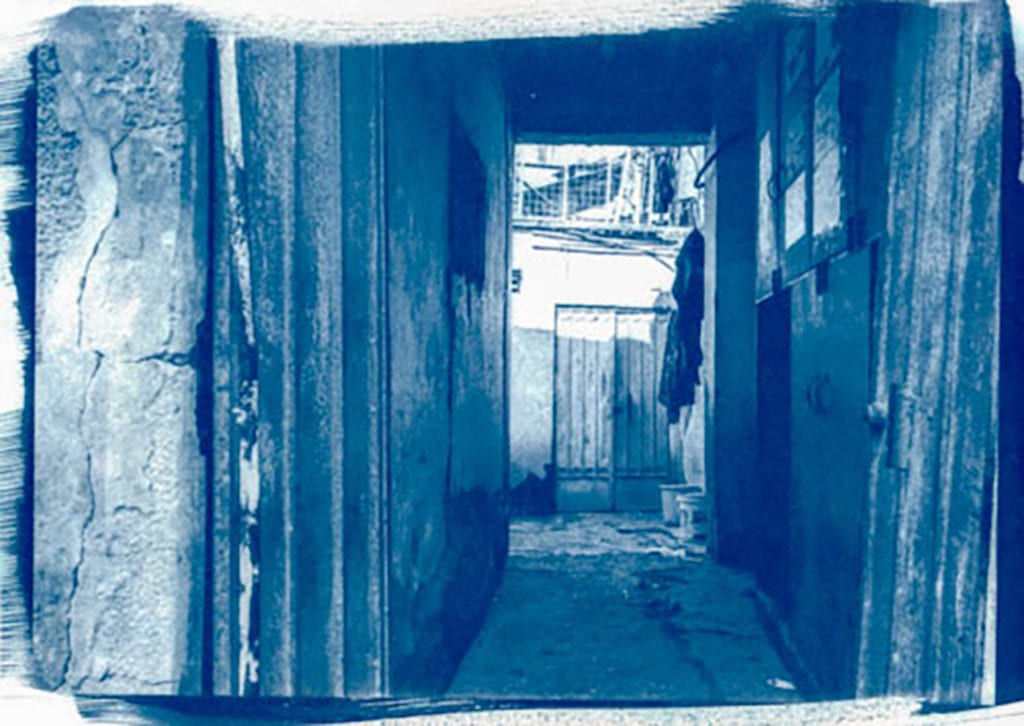
Elsewhere in the exhibition, Moath Alofi, an artist and researcher based in Medina, Saudi Arabia, captures abandoned mosques scattered along the desert. “I particularly like this series because it kind of reminds me a lot of American photographers and the typologies of different structures that people endlessly emulate in the US,” says Drake, “but it’s unusual looking at the same kind of work made in Saudi Arabia”. This motif of typologies also resonates in the work of Richard Allenby-Pratt, who compares his upbringing in the verdant landscape of West England with his current home of 16 years in Dubai, through images of the two regions’ river systems.
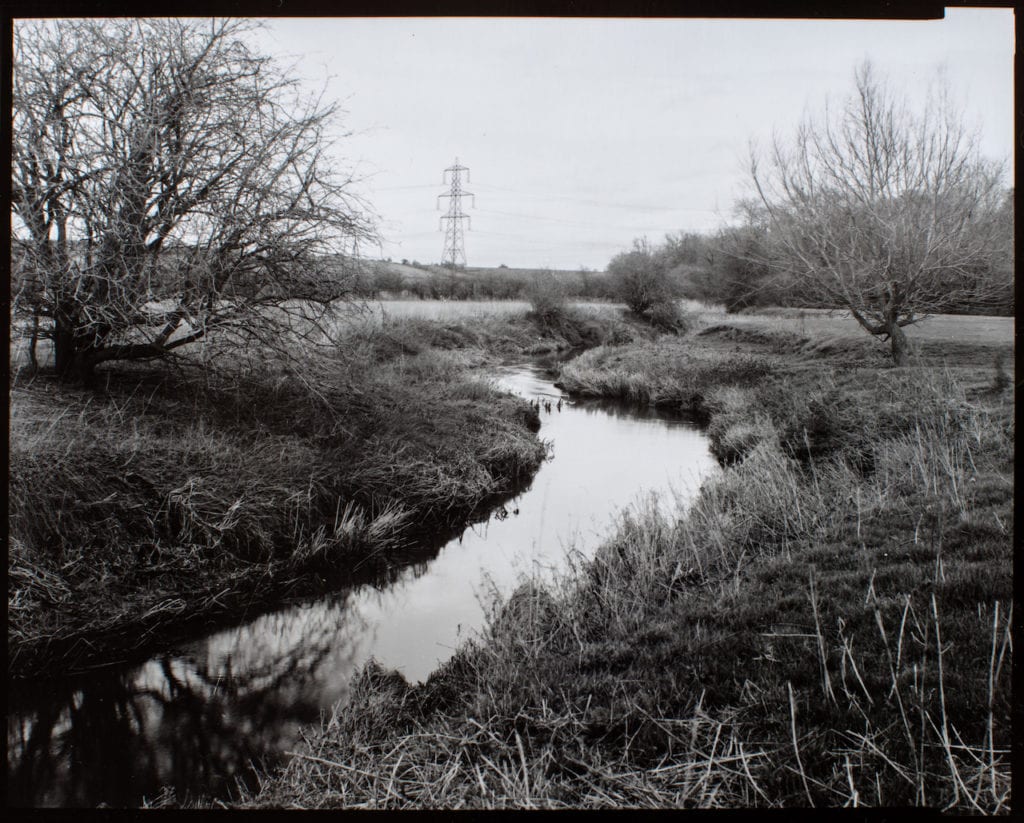
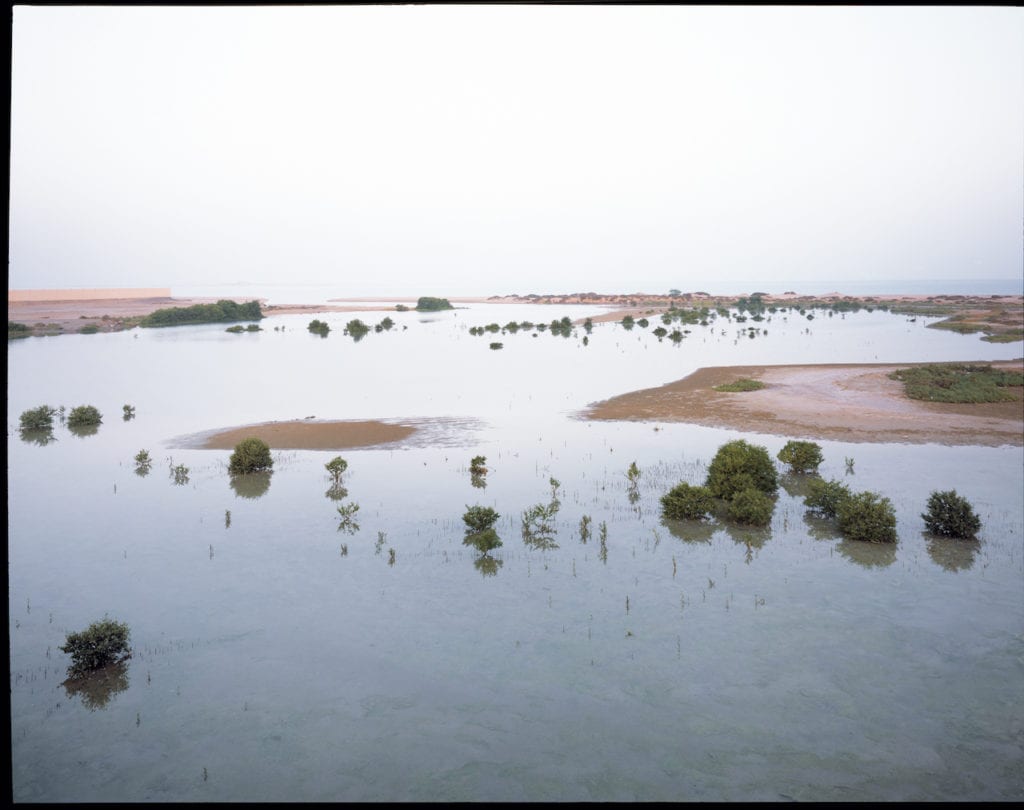
Part of Drake’s aim when curating the show was to challenge the visual stereotypes associated with photography from this region, but also to bring exposure to both the venues and the artists. “It’s quite difficult if you’re making work about semi-derelict, temporary mosques in the desert, to know where you fit into the conversation,” says Drake, who hopes to work with some of the artists beyond this exhibition.
“Photography can deal with big issues, and believe me, there are some big issues in both this part of the world and in the UK at the moment,” he says. “I’m not trying to make statements, but though it is simple, a more fundamental theme like home is a gentler route into talking about more complex problems.”
The Place I Call Home is on show at Copeland Gallery in Peckham, London, until 21 March 2020.
—

